Quantitative EEG, Event-Related Potentials and Neurotherapy
While the brain is ruled to a large extent by chemical neurotransmitters, it is also a bioelectric organ. The collective study of Quantitative ElectroEncephaloGraphs (QEEG-the conversion of brainwaves to digital form to allow for comparison between neurologically normative and dysfunctional individuals), Event Related Potentials (ERPs - electrophysiological response to stimulus) and Neurotherapy (the process of actually retraining brain processes to) offers a window into brain physiology and function via computer and statistical analyses of traditional EEG patterns, suggesting innovative approaches to the improvement of attention, anxiety, mood and behavior. The volume provides detailed description of the various EEG rhythms and ERPs, the conventional analytic methods such as spectral analysis, and the emerging method utilizing QEEG and ERPs. This research is then related back to practice and all existing approaches in the field of Neurotherapy - conventional EEG-based neurofeedback, brain-computer interface, transcranial Direct Current Stimulation, and Transcranial Magnetic Stimulation - are covered in full. While it does not offer the breadth provided by an edited work, this volume does provide a level of depth and detail that a single author can deliver, as well as giving readers insight into the personl theories of one of the preeminent leaders in the field.Features & Benefits: Provide a holistic picture of quantitative EEG and event related potentials as a unified scientific field.Present a unified description of the methods of quantitative EEG and event related potentials.Give a scientifically based overview of existing approaches in the field of neurotherapyProvide practical information for the better understanding and treatment of disorders, such as ADHD, Schizophrenia, Addiction, OCD, Depression, and Alzheimer's Disease
{{comment.content}}
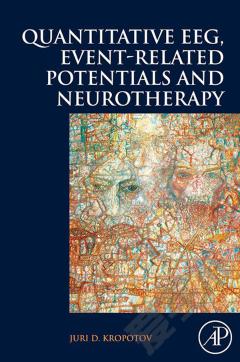

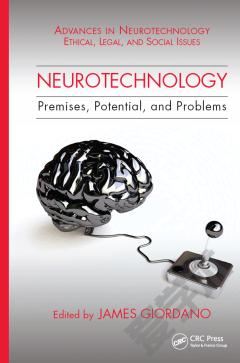
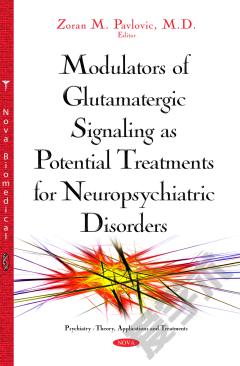

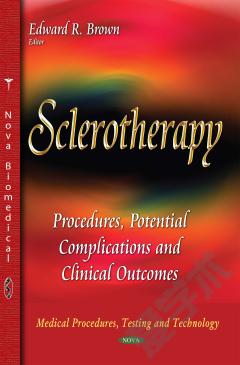
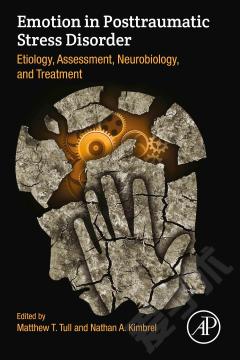

 京公网安备 11010802027623号
京公网安备 11010802027623号